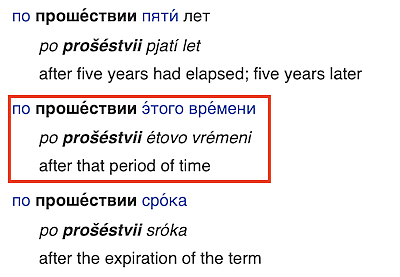Using Perl in Keyboard Maestro macros
One of the things that I love about Keyboard Maestro is the ability to chain together disparate technologies to achieve some automation goal on macOS.
In most of my previous posts about Keyboard Maestro macros, I’ve used Python or shell scripts, but I decided to draw on some decades-old experience with Perl to do a little text processing for a specific need.
Background
I want this text from Wiktionary:
to look like this:

